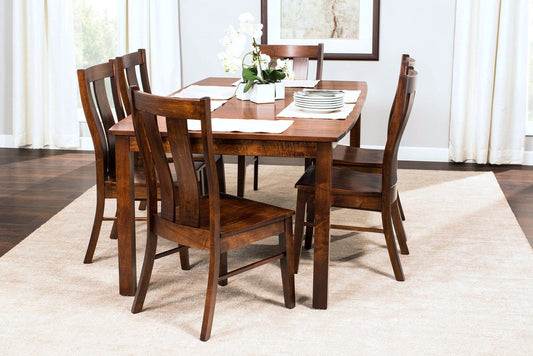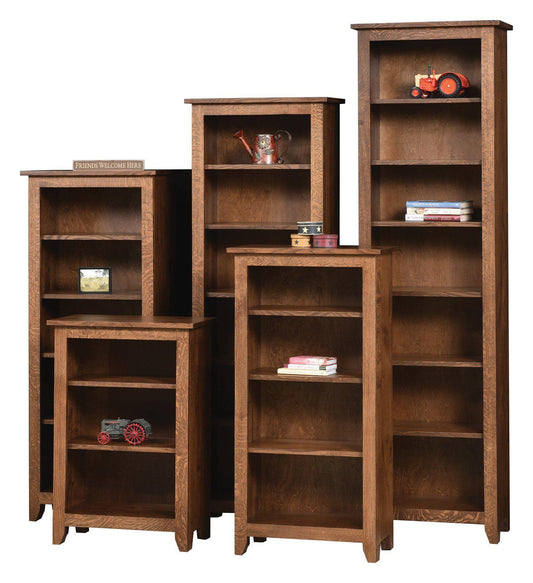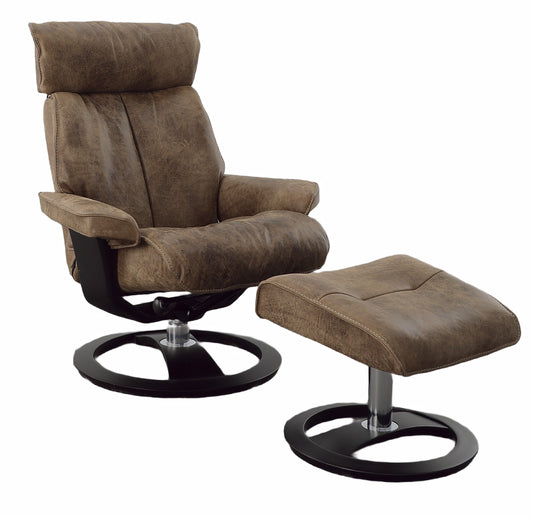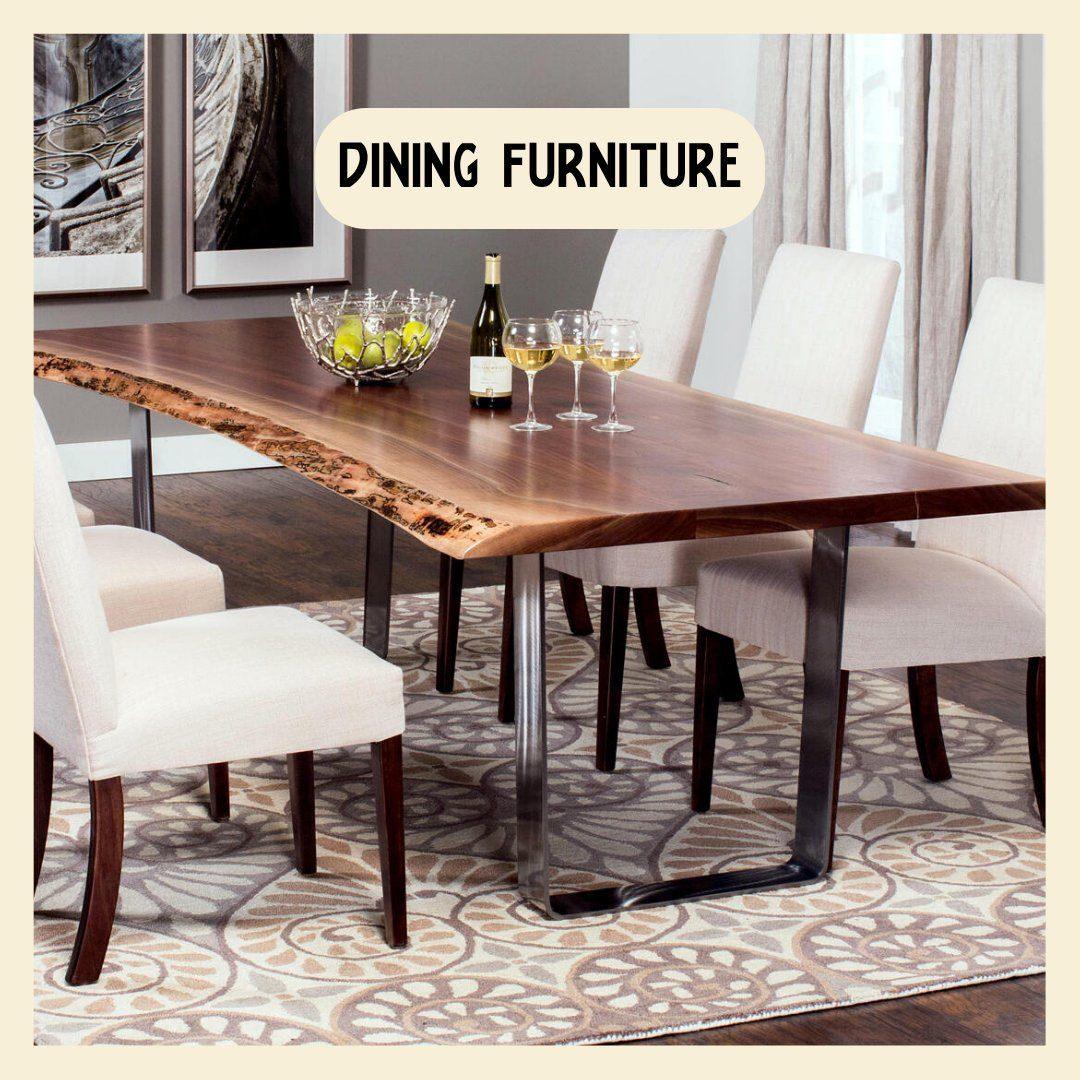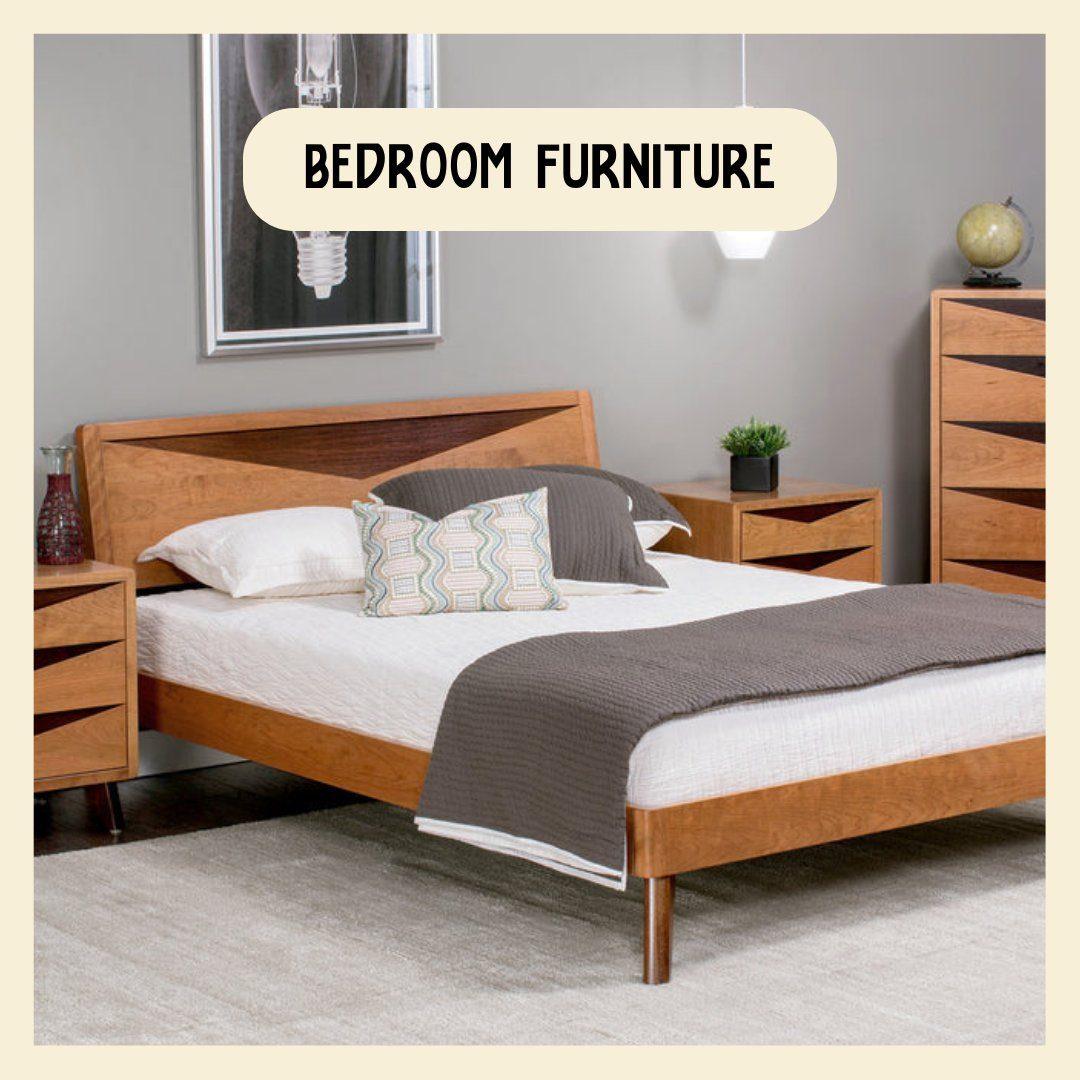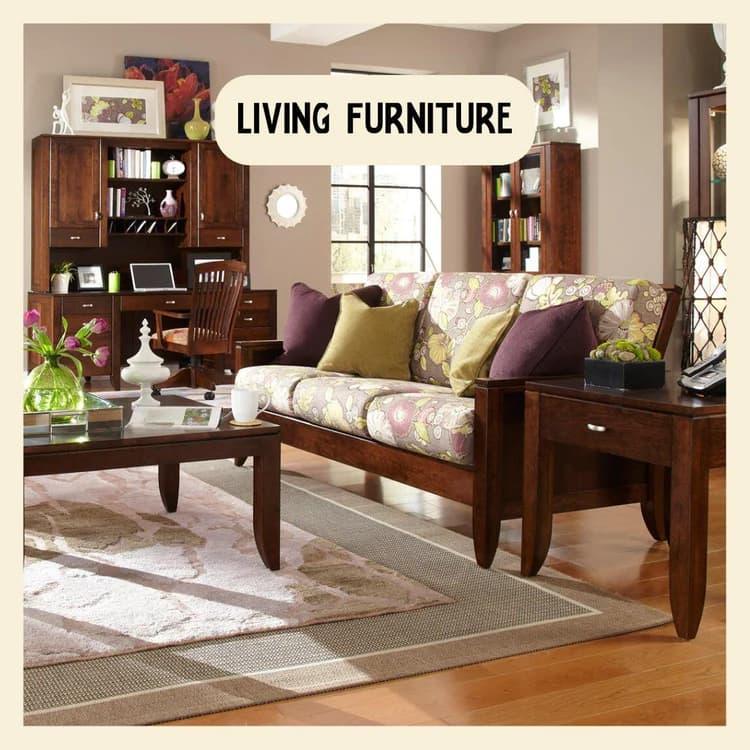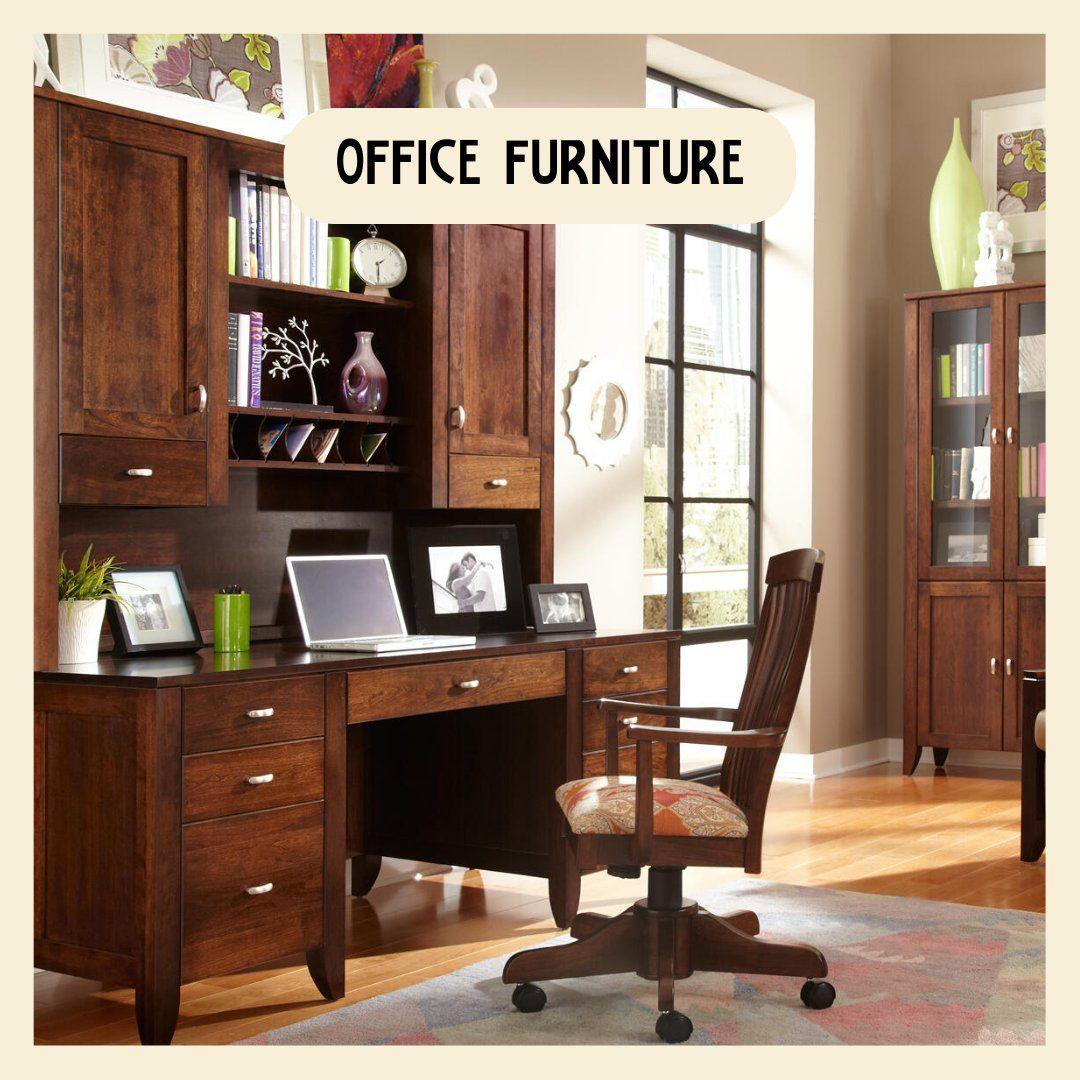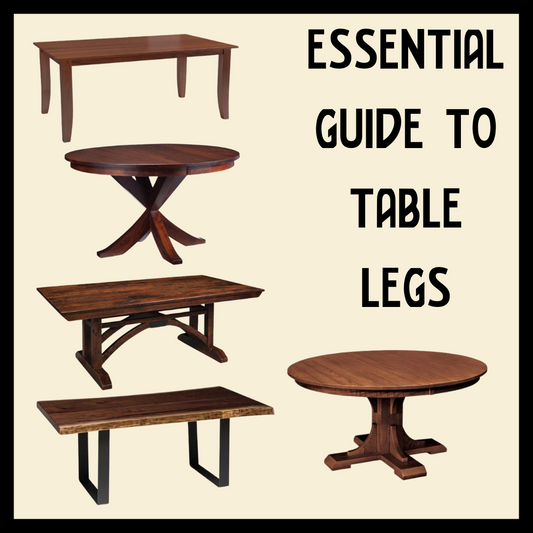What Makes a Colonial Revival?
Built with a mixture of styles and designed to be uniquely American, this comeback kid is the most well known and widespread of residential architecture trends.
Colonial Revivals are loved for their columns, their perfectly proportioned shutters placed neatly beside double-hung windows, their stately and distinguished appearance, and so much more. Whatever the reason they have us hooked, the love affair with this style spread fast and furious at the turn of the 20th century as people sought a design that would define America.
Seeking stability in a time of change, the Colonial Revival looked to preserve the spirit of the past as the country moved forward into contemporary life.
History of the Colonial Revival
Colonial architecture first came to the United States from England. But like most architectural styles, its design isn’t unique. Colonial was adapted from Italian Renaissance which was influenced by both the Greek and Roman styles. Columns built with classic architectural rules - meaning, the pedestal is about one-third of the column height - are one of the most telling features tying the styles together.
In the United States, original Colonial homes and structures were built by British, Spanish and Dutch settlers up through the American Revolution after which their popularity (and most ties to England) began to decline sharply. Original Colonial architecture exists primarily in New England and in various spots along the East Coast. But because they wouldn’t have had running water or electricity, it was more difficult and costly to renovate and update the structures as new technology became available. Building new made more sense.

A Colonial home in Lancaster, PA (Image by Pixabay)
In 1876, the same year as the Philadelphia Centennial, architects began to take an interest in America’s colonial past once again. As somewhat of a rebellion against the intricate and elaborate Victorians, Italianate and Greek Revivals, Colonial Revivals were designed and built with simpler and more refined features of their Georgian and Federal predecessors but mixed with modern details.
Colonial Revivals were designed to adhere to classic proportions - which can be seen in their crown molding, window trim and baseboards - but are more flexible in the details. Traditional and contemporary furnishings blend easily with the style.
Like most historic styles, the revival eventually came to a close in the years following World War II. But it certainly didn’t disappear. Drive through almost any suburban neighborhood and you’re likely to see a good number of Colonial style homes. Known as Neocolonial, they were built starting in the 1960s and continue to be constructed today. They typically incorporate vinyl or simulated stone, have street-facing garages and aren’t confined by symmetry. But many of the colonial elements such as columns, shutters and gabled roofs are still there.

A Neocolonial in suburban America built in 2007 (Image by Jennifer Walden)
What Defines a Colonial Revival?
Colonial Revivals look very similar to their predecessors - Colonial, Georgian and Federal. They’re often bigger and fancier utilizing modern technological advances that weren’t available before the 1900’s. They had running water (hot and cold!) and electricity.
According to Andrew Cogar, architect and president of Historical Concepts architectural firm, Colonial Revivals were able to, “Take a previous generation’s architecture and revisit it in their current cultural and technological context, effectively reinventing it for their own immediate needs.”
So how do you know you’re looking at one? Let’s take a look at what makes them stand out, both inside and out.
Exterior Characteristics:
- Symmetrical facade (may include sunrooms or porches on one or both sides)
- Rectangular
- 2 to 2 ½ stories
- Roofs
- Side-gabled were most common - only shingles can be seen from the front with triangular portion of roof on the sides
- Barn-like gambrel roofs with dormers found on Dutch Colonial Revivals
- Hip roofs (all four sides slope toward walls) also found
- Cornices and overhangs protruding from the roof tend to be large and more ornate than their predecessors
- Multi-pane, double-hung windows
- Correctly proportioned shutters on either side of windows
- Centered front door accented with columns, pilasters or pediments and may be hooded to create a covered porch
- Single pendant or side lighting in entranceway
- Siding is typically brick or wood clapboard
- Additional design elements include two-story pilasters, quoins at corners, dentil trim (blocks shaped like teeth) under eaves

Colonial Revival circa 1922 (Image by Jennifer Walden)
Interior Characteristics
- Grand entrance hall with staircase that is either elliptical or straight with simple balusters
- Highly polished wood floors
- Simple paint color scheme and wallpaper that was light in color and design
- High wainscoting painted white
- Crown moldings painted ivory or white with little to no detail
How to furnish and decorate a Colonial Revival
The classic and traditional architectural style of the Colonial Revival means that furnishing one is pretty easy. Almost anything goes.
The shift from the ornate Victorian trend of heavy draperies, dark colors and numerous accessories meant that people furnished their homes with less clutter and lighter colors. The result is a style meant to be historically timeless.
Historical trends in color, furniture, accessories and fabric are given below. While all these options can be used today, Colonial Revivals are fairly flexible with whatever design you choose to go with from Traditional to Modern and everything in between!
Colors
Before the 1900’s, Colonial Revivals maintained some of the darker shades popular with Victorians. But as the country moved into the 20th century and through World War I, the mood shifted to lighter and brighter. Pastels and various shades or white were used to add visual contrast to the room’s décor. Wallpaper with small flowers or stripes on light backgrounds were often applied in abundance. Even ceilings were painted with a light color to add a crowning touch to the room.
The off-white color that added an air of elegance known as Colonial ivory, was used to accent walls, fireplace surrounds, wainscoting and molding around doors, windows and ceilings.
Furniture
Four-poster beds and Colonial Windsor chairs are often tied directly to the style, but in reality, homes were filled with a melting pot of different pieces from previous and current trends of the time. Even Gustav Stickley, known primarily for his Mission and Arts & Crafts furniture, designed a few Colonial and Chinese Chippendale pieces in the early 1900s.
If anything, this was the period that pushed Traditional furniture into the spotlight with its subtle ornamentation, minimal curves and solid feel.
Bentback Arm Chair with Spindles
Antique reproductions of Chippendale, Hepplewhite and Sheraton designs were often found in Colonial Revival homes. Wing chairs were placed on either side of the fireplace to provide a cozy seating space. Incorporating mahogany or mahogany-finished furniture in the room complemented the Colonial ivory paint on the walls.
Scatter rugs that are round or oblong in shape were perfect coverings for the home’s highly polished floors. Historically, homeowners chose reproductions of Oriental designs.
Accessories
The key to accessorizing in a Colonial Revival is to be tasteful, uncluttered and symmetrical. If something is hung on the walls, they should be arranged in a neat pattern. If items are placed in a hutch or on a sofa table, they should be displayed in pairs or trios.

Traditional artwork included gold-leafed mirrors, hunting, ship or portrait paintings. Silhouette wall art was also popular in these historic homes. Pewter accessories and even items like a spinning wheel, a practical work tool back in the day, offered a nod to the past without being over the top.
Fabrics and Window Coverings
Once again, there’s an emphasis on simple and light. Choosing one fabric pattern kept things from feeling too busy. Chintz, a polished cotton fabric with floral designs, was often used for bedding, upholstery and curtains.
Laces, such as dotted Swiss, or French-themed toile featuring French countryside designs were used for window coverings and curtains.
An opportunity to leave space and scale up!
As noted above, Colonial Revivals are all about proportion and symmetry. Yes, there is more space to fill, but it doesn’t mean you have to. Instead, think of staying proportionate to the size of the room without filling every bit of open space.
Because a poorly arranged large space can look as cluttered and uninviting as a poorly arranged small space, here are a few tips to help you.
- Use the ceiling as a guide
- If the ceiling is high, choose furniture that is taller with higher backs to give the illusion of using the space more proportionately
- If the ceiling is low, choose furniture that is lower to the ground with lower backs
- Create designated areas that work well together
- Have a defined conversation area, reading area and/or TV area
- Don’t push furniture up against walls
- Group pieces no more than 3 feet apart to offer a sense of coziness
- Empty and open space is not a bad thing!
- Opt for cushioned and rounded seating and chairs with arms
- Go larger with decorative items instead of adding more
- Choose one large painting, one large vase, one large plant, etc
- If grouping items, do so with no more than 3 - like 3 vases grouped together gives the illusion there’s just one large item
- Choose a simple and light color scheme
- Furnishings should be more neutral with accent colors to help bring together and enhance the space
---
Modern Bungalow’s selection of Traditional style Amish built furniture is a good place to start for furnishing your Colonial Revival. And because we know there’s a lot to choose from, don’t hesitate to reach out and let one of our experts in the shop or one of our design partners help you in making decisions and customizations to your liking!
Be sure to check out Modern Bungalow's complete guide to historical homes which encompasses the Craftsman bungalow as well as a number of other popular styles in the American West.



